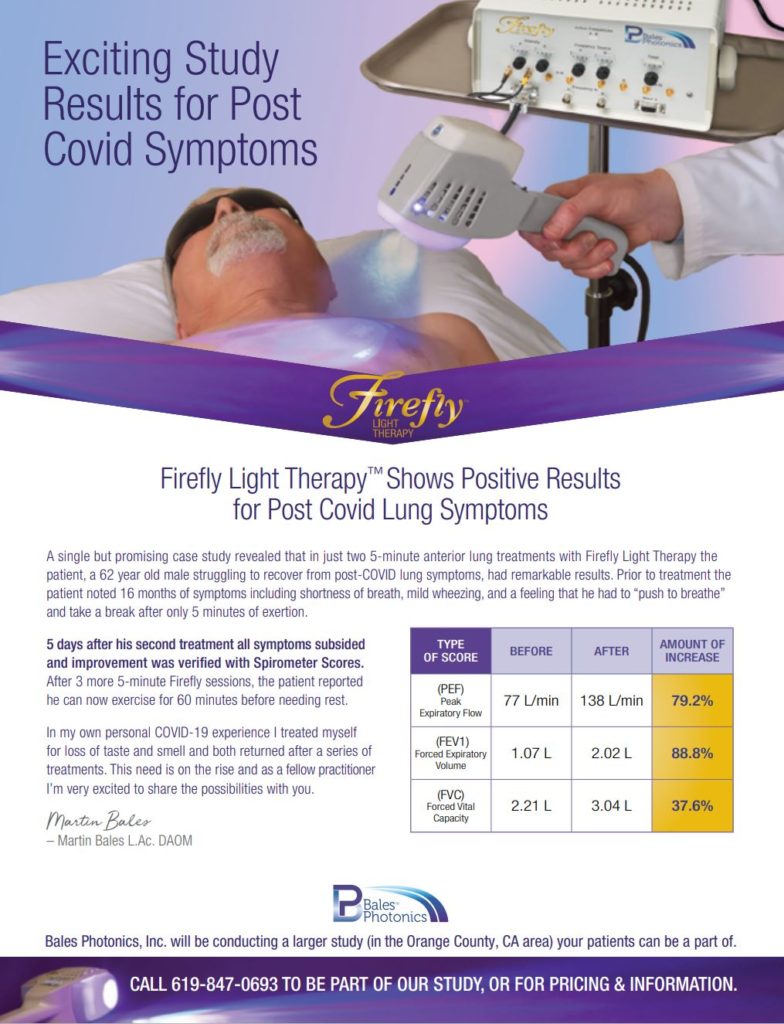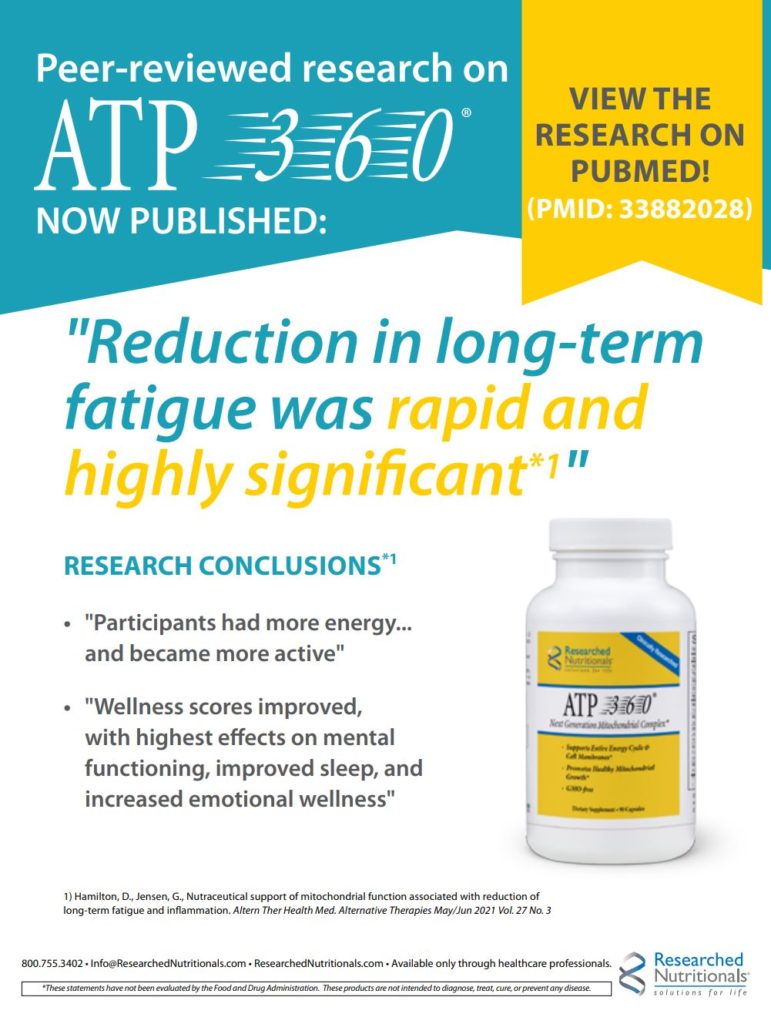Conclusion
SARS-CoV-2 is an RNA virus capable of causing systemic, life-threatening disease in humans. Severe disease is characterized by hyper-inflammation, hyper-coagulation, and hypoxia. The virus produces proteins that knockdown two major pillars of the innate immune system, interferon and selenoproteins. Selenoprotein knockdown impairs antioxidant capacity and hemostasis (anticoagulation and clotting). The virus also damages RBC structure, which combined with loss of antioxidant capacity, impairs management of oxygen, carbon dioxide, and nitric oxide throughout the body. Additionally, consumption of NAD by the virus depletes cells of a vital energy source.
Restoring and maintaining healthy levels of ascorbic acid, selenocysteine, vitamin D, and NAD is critical in the battle against SARS-CoV-2. In treatment, as well as in research, it is important to remember that nutrients do not work optimally alone. Selenium, vitamin D, magnesium, and vitamin K2 are interdependent. Vitamin C, selenium, and vitamin E are interdependent. Niacin and NAD are also dependent on adequate intracellular selenoproteins and vitamin C levels. Single nutrient studies and interventions will miss essential synergies and confounding variables regardless of the sample size.
In critical illness, large doses of vitamin C can be helpful in resuscitation efforts. In the setting of septic vascular collapse, intravenous co-administration of vitamin C and cortisol helps the body repair damaged blood vessels quickly. Ongoing large doses of vitamin C are needed to fuel white blood cells, regain antioxidant capacity throughout the body, and counteract its rapid consumption. Frequent dosing to maintain a steady state is better, because ascorbic acid has a short half-life. Early intervention is better, because activated white blood cells are dependent on a high level of ascorbic acid. Taking gram quantities with each meal, and increasing intake to bowel tolerance during illness, is helpful. When ill, it is necessary to take ascorbic acid throughout the day, much more than can be absorbed in one sitting.
New research techniques, and new viruses improve our understanding of biochemistry and biology and reinforce a longstanding concern – inadequate nutrition remains global and public health enemy #1.
Recommended Adult Doses to Reduce Risk of Serious Infection:24-30
- Vitamin C, 500-1000 mg, 3 times daily (more to bowel tolerance if sick)
- Vitamin D, 5,000 IU/day
- Vitamin K2, 100 mcg/day
- Niacin / niacinamide 200 – 1000 mg/d (in divided doses, start with smaller doses, increase over weeks)
- Magnesium 400 mg/d (in malate, citrate, chelate, or chloride form)
- Zinc, 20 mg/day
- Selenium 200 mcg/day
References
1. Tomasa-Irriguible TM, Bielsa-Berrocal L (2021) “COVID-19: Up to| 82% critically ill patients had low Vitamin C values”. Nutr J 20:66 https://pubmed.ncbi.nlm.nih.gov/34243781
2. Chiscano-Camón, L; Ruiz-Rodriguez, J.C.; Ruiz-Sanmartin, et al. (2020) Vitamin C levels in patients with SARS-CoV2-associated acute respiratory distress syndrome. Critical Care; 24:522. https://pubmed.ncbi.nlm.nih.gov/32847620
3. Carr AC, Rosengrave PC, Bayer S, et al. (2017) Hypovitaminosis C and vitamin C deficiency in critically ill patients despite recommended enteral and parenteral intakes. Critical Care, 21:300. https://pubmed.ncbi.nlm.nih.gov/29228951
4. Borrelli E, Roux-Lombard P, Grau GE, et al. (1996) Plasma concentrations of cytokines, their soluble receptors, and antioxidant vitamins can predict the development of multiple organ failure in patients at risk. Crit Care Med,24:392-397. https://pubmed.ncbi.nlm.nih.gov/8625625
5. Schleicher RL, Carroll MD, Ford ES, Lacher DA (2009) Serum vitamin C and the prevalence of vitamin C deficiency in the United States: 2003-2004 National Health and Nutrition Examination Survey (NHANES) . Am J Clin Nutr 2009;90:1252-1263. https://pubmed.ncbi.nlm.nih.gov/19675106
6. Carr AC, Maggini S. “Vitamin C and Immune Function”. Nutrients 2017, 9, 1211; doi 10.3390/nu9111211
https://pubmed.ncbi.nlm.nih.gov/29099763
7. Buehler PW, Alayash AI (2005) Redox Biology of Blood Revisited: The Role of Red Blood Cells in Maintaining Circulatory Reductive Capacity. Antioxidants & Redox Signaling. 1755-1760. https://pubmed.ncbi.nlm.nih.gov/16356136
8. Wang Y, Zhao N, Xiong Y, et al. (2020) Downregulated Recycling Process but Not De Novo Synthesis of Glutathione Limits Antioxidant Capacity of Erythrocytes in Hypoxia. Oxidative Medicine and Cellular Longevity. 2020:7834252. https://pubmed.ncbi.nlm.nih.gov/32963701
9. Mayer JM, Marzinzig M, Kinzl L, et al. (2001) Reduced serum total reductive capacity in lethal severe trauma. J Trauma. 51(1):88-91. https://pubmed.ncbi.nlm.nih.gov/11468473
10. Dzik WH. (2011) The air we breathe: three vital respiratory gases and the red blood cell: oxygen, nitric oxide, and carbon dioxide. Transfusion 51: 676-685. https://pubmed.ncbi.nlm.nih.gov/21496039
11. Wang Y, Huang J, Sun Y, et al. (2021) SARS-CoV-2 suppresses mRNA expression of selenoproteins associated with ferroptosis, endoplasmic reticulum stress and DNA synthesis. Food and Chemical Toxicology 153 :112286. https://pubmed.ncbi.nlm.nih.gov/34023458
12. Thomas T, Stefanoni D, Dzieciatkowska M, et al. (2020) Evidence of Structural Protein Damage and Membrane Lipid Remodeling in Red Blood Cells from COVID-19 Patients. J Proteome Res. 19: 4455-4469. https://pubmed.ncbi.nlm.nih.gov/33103907
13. Aggarwal S, Acharjee A, Mukherjee A, et al. (2021) Role of Multiomics Data to Understand Host-Pathogen Interactions in COVID-19 Pathogenesis. J Proteome Res. 20:1107-1132. https://pubmed.ncbi.nlm.nih.gov/33426872
14. Khawaja UA, Shamsoddin E, Desideri LE, Tovani-Palone MR. (2021) Infection of red blood cells by SARS-CoV-2: new evidence. Einstein. (Sao Paulo) 2021 Apr 16;19:eCE6285. https://pubmed.ncbi.nlm.nih.gov/33886935
15. Shahbaz S, Xu L, Osman M, et al. (2021) Erythroid precursors and progenitors suppress adaptive immunity and get invaded by SARS-CoV-2. Stem Cell Reports, 16:1165-1181. https://pubmed.ncbi.nlm.nih.gov/33979601
16. Shi Y, Wang Y, Shao C, et al. (2020) COVID-19 infection: the perspectives on immune responses. Cell Death Differ. 27:1451-1454. https://pubmed.ncbi.nlm.nih.gov/32205856
17. Miller R, Wentzel AR, Richards GA. (2020) COVID-19: NAD+ deficiency may predispose the aged, obese and type2 diabetics to mortality through its effect on SIRT1 activity. Med Hypotheses, 144:110044.
https://pubmed.ncbi.nlm.nih.gov/32758884
18. Taylor EW. (2010) The oxidative stress-induced niacin sink (OSINS) model for HIV pathogenesis PMID:19857540. Toxicology. 278:124-130. https://pubmed.ncbi.nlm.nih.gov/19857540
19. Polonikov A. (2020) Endogenous Deficiency of Glutathione as the Most Likely Cause of Serious Manifestations and Death in COVID-19 Patients. ACS Infect. Dis. 6:1558-1562. https://pubmed.ncbi.nlm.nih.gov/32463221
20. Hiffler L, Rakotoambinina B (2020) Selenium and RNA Virus Interactions: Potential Implications for SARS-CoV-2. Infection (COVID-19). Front. Nutr. 7:164. https://pubmed.ncbi.nlm.nih.gov/33015130
21. Vavougios GD, Ntoskas KT, Doskas TK. (2020) Impairment in selenocysteine synthesis as a candidate mechanism of inducible coagulopathy in COVID-19 patients. Med Hypotheses 147:110475. https://pubmed.ncbi.nlm.nih.gov/33421689
22. Moghaddam A, Heller RA, Sun Q, et al. (2020) Selenium Deficiency Is Associated with Mortality Risk from COVID-19. Nutrients, 12:2098. https://pubmed.ncbi.nlm.nih.gov/32708526
23. Horowitz RI, Freeman PR, Bruzzese J (2020) Efficacy of glutathione therapy in relieving dyspnea associated with COVID-19 pneumonia: A report of 2 cases. Respiratory Medicine Case Reports 30: 101063. https://pubmed.ncbi.nlm.nih.gov/32322478
24. Doctor Y, Saul AW, Smith RG (2021) Nutrition to Prevent and Treat COVID-19. Orthomolecular Medicine News Service. http://www.orthomolecular.org/resources/omns/v17n03.shtml (suggest adding niacin/niacinamide, K2 along with D3, and increased Se to 200 ug/day to the supplement recommendations listed)
25. Passwater M (2020) Do the Math: MATH+ Saves Lives. Orthomolecular Medicine News Service. http://www.orthomolecular.org/resources/omns/v16n55.shtml
26. Passwater M (2021) The VICTAS Trial: Designed to Fail.Orthomolecular Medicine News Service. http://www.orthomolecular.org/resources/omns/v17n08.shtml
27. Riordan Clinic (2021) High dose vitamin C (IVC) https://riordanclinic.org/what-we-do/high-dose-iv-vitamin-c
28. Holford P (2020) Vitamin C for the Prevention and Treatment of Coronavirus. Orthomolecular Medicine News Service. http://orthomolecular.org/resources/omns/v16n36.shtml
29. Gonzalez MJ (2020) Personalize Your COVID-19 Prevention: An Orthomolecular Protocol. Orthomolecular Medicine News Service. http://orthomolecular.org/resources/omns/v16n31.shtml
30. Rasmussen MPF (2020) Vitamin C Evidence for Treating Complications of COVID-19 and other Viral Infections. Orthomolecular Medicine News Service. http://orthomolecular.org/resources/omns/v16n25.shtml
Michael E. Passwater, son of author and columnist Dr. Richard Passwater, is certified by the American Society for Clinical Pathology as a medical technologist, a specialist in immunohematology, and is a diplomate in laboratory management. He has worked in clinical laboratories for 29 years and has previously written “Do the Math: “MATH+” Saves Lives” and “The VICTAS Trial: Designed to Fail,” both published by the Orthomolecular Medicine News Service.






